The Coronavirus has hit countries brutally worldwide, with most currently undergoing second and third waves of the infection. Starting in November the world saw hope through the news of vaccine trials being undergone, and as of December 11, the Pfizer vaccine was approved by the FDA for emergency use authorization on people 16 or older. This vaccine would allow first responders and teachers to be immune to the virus instead of risking their health every time they go to work. Civilians are expected to receive the vaccine this spring or summer according to the Secretary of Health and Human Services, Alex Azar.
So how exactly does the COVID-19 vaccine work? Scientists take the genetic code of the virus’s RNA, which is a harmless piece of the virus structure, create the vaccine, and then inject it into the upper arm muscle. This spike protein is now introduced to the patient’s immune system. Once the virus is introduced to the body, and the immune response breaks down the protein piece as it recognizes it doesn’t below there, it starts creating antibodies, similar to what happens in a natural infection against COVID-19. If the patient later catches coronavirus, the antibodies and T-cells are triggered to fight the virus. In order to complete the final stage of the vaccine, transportation must be developed. The vaccine must be transported by airline, and stored in dry ice in order to keep it in shape. “Pfizer’s vaccine requires ultracold shipping and storage, while Moderna’s can be shipped at higher—though still freezing—temperatures.” The capacity of dry ice on planes had to be increased in order to facilitate the global supply chain of the vaccine. The FAA is now allowing United and other airlines to carry up to 15,000 lbs of dry ice, five times more than the previous maximum amount allowed, which could allow for carrying up to 1 million doses on each Boeing 777 flight.
If 70% of the U.S population were to get immunized we would achieve herd immunity and stop the spread of the coronavirus. This data is based on the 95% effectiveness of the Pfizer and Moderna vaccine. “A vaccine would need to be at least 80% effective, with about 75% of a population receiving it, to extinguish an epidemic without any other public-health measures,” according to a study published in October in the American Journal of Preventive Medicine. Herd immunity is a state at which enough people have been infected or vaccinated to stop the transmission of the virus.
The vaccine is given in three to four doses, and the use of this vaccine is being prioritized to those on the front lines such as healthcare workers, and at-risk civilians. This vaccine has been stated by the president and president-elect to be free of charge to all Americans, with fees billed to private and public insurance providers. While the manufacture and distribution of this vaccine may take a while, once we have herd immunity in the United States it is predicted that lockdowns and COVID-19 restrictions will be lessened and dissolve altogether. Unfortunately, this is not projected to happen for quite some time, so until the vaccine is widely available make sure to follow public safety guidelines by limiting social interactions/gatherings, wearing a mask in public places, and social distancing.
Sources: Loftus, Peter, and Betsy McKay. “The Covid-19 Vaccine: When Will It Be Available for You?” The Wall Street Journal, Dow Jones & Company, 11 Dec. 2020, www.wsj.com/articles/the-covid-19-vaccine-when-will-it-be-available-for-you-11606339361.
CDC. “Understanding MRNA COVID-19 Vaccines.” Centers for Disease Control and Prevention, Centers for Disease Control and Prevention, 17 Dec. 2020, www.cdc.gov/coronavirus/2019-ncov/vaccines/different-vaccines/mrna.html.
Schaper, David. “Transporting And Distributing Vaccines Will Be ‘Unprecedented’ Logistical Challenge.” NPR, NPR, 12 Dec. 2020, www.npr.org/2020/12/11/945670606/transporting-and-distributing-vaccines-will-be-unprecedented-logistical-operatio.

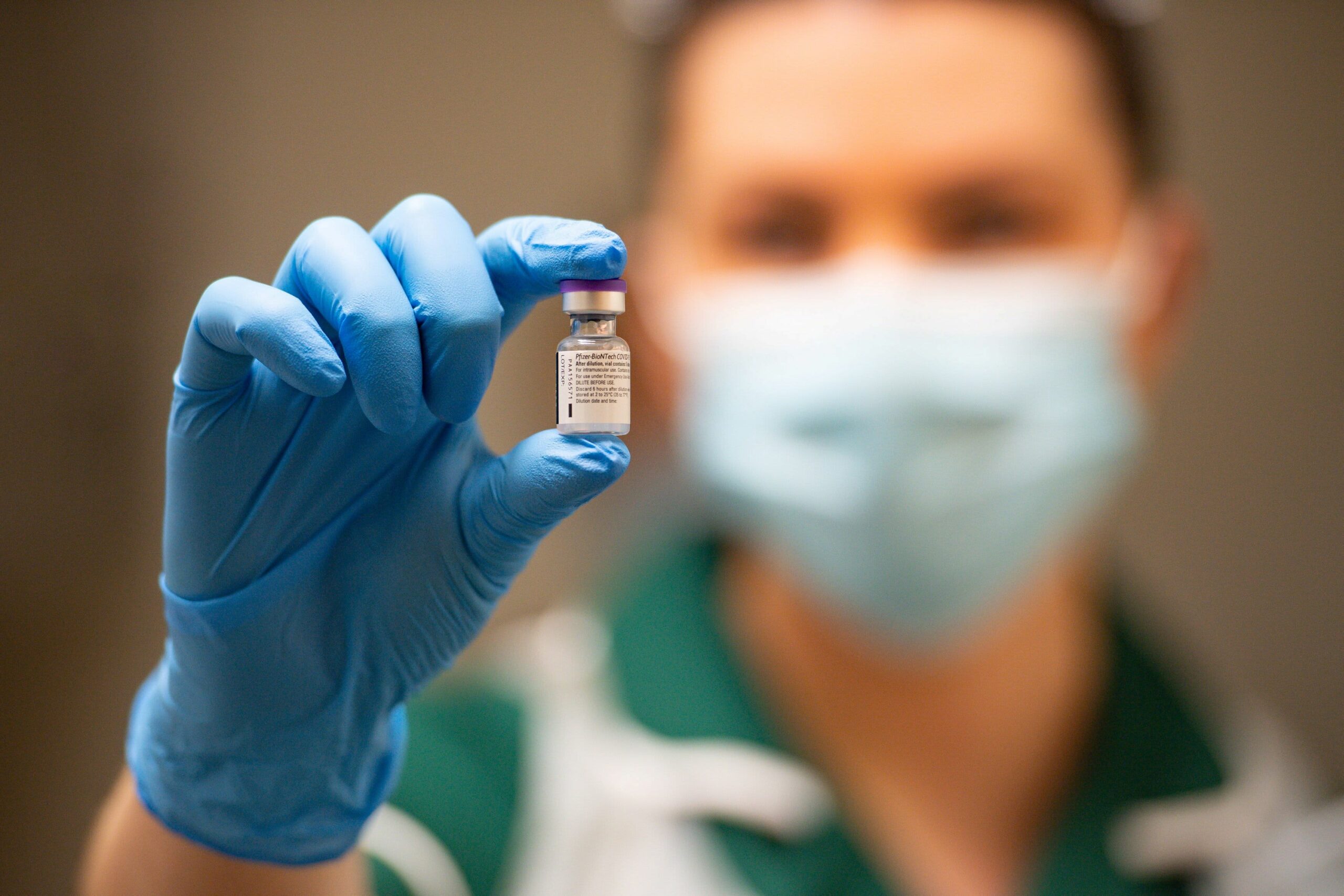
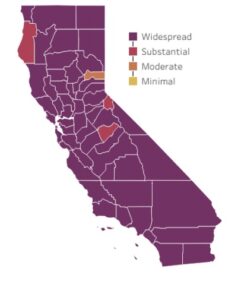
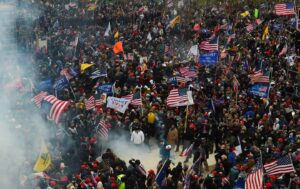
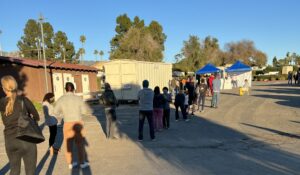
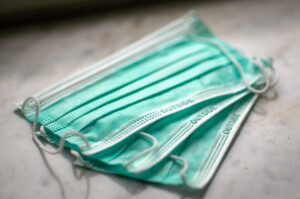
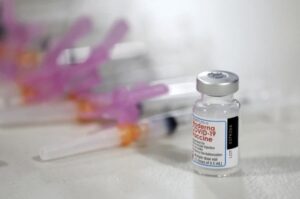

Be First to Comment